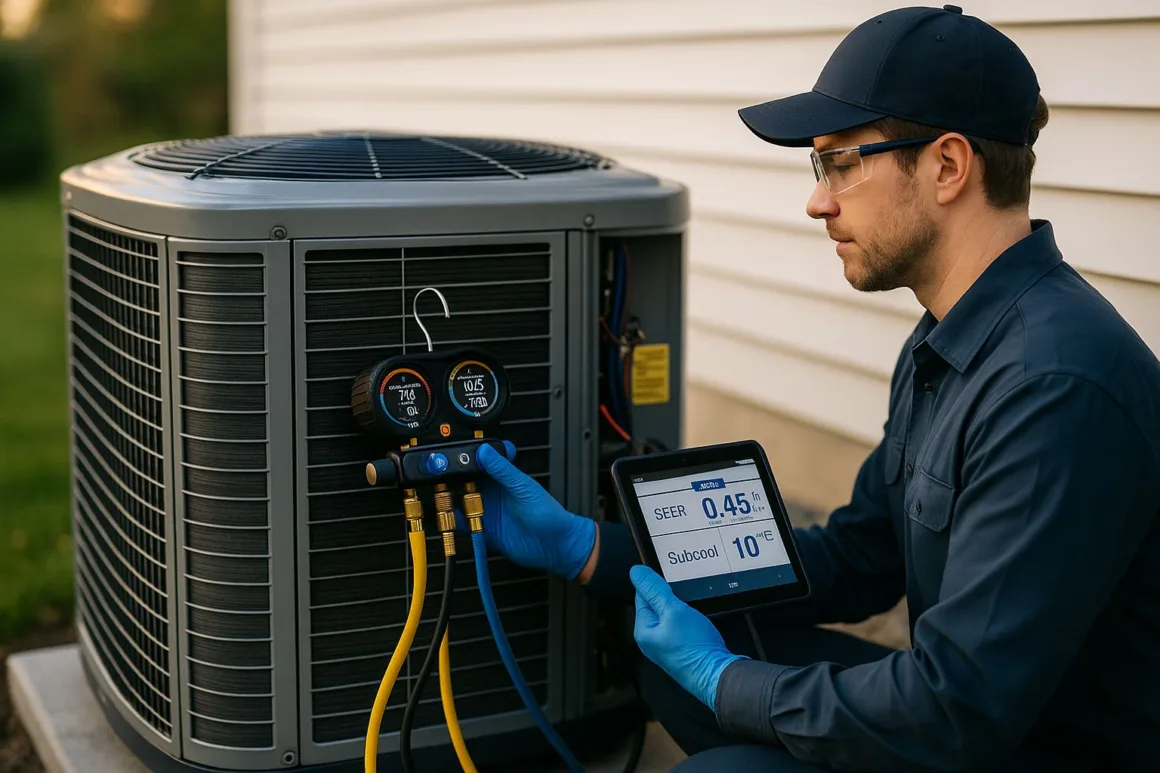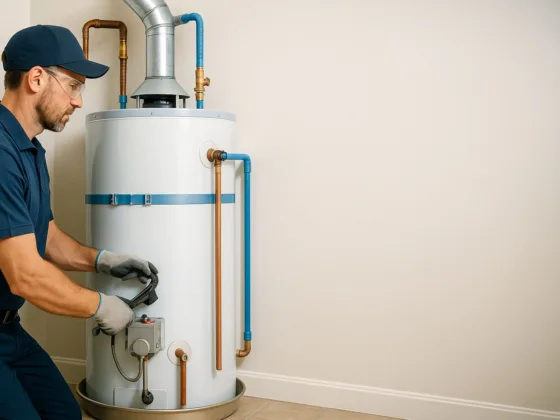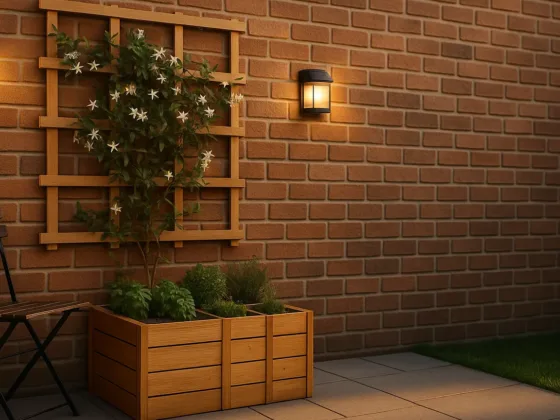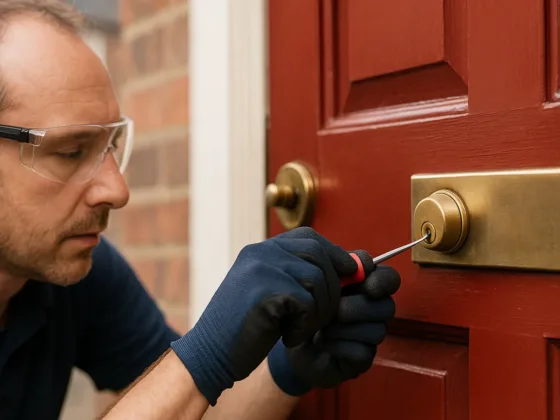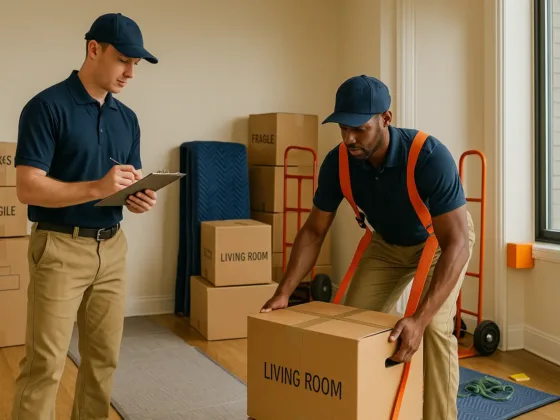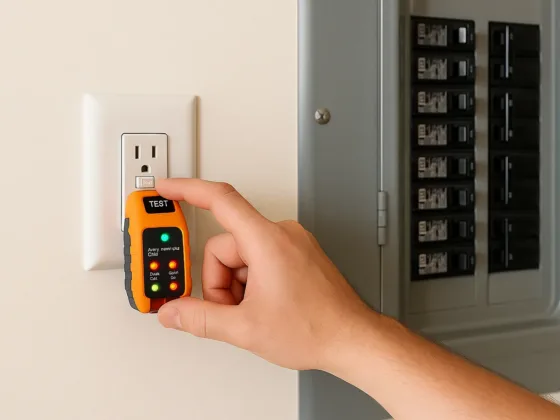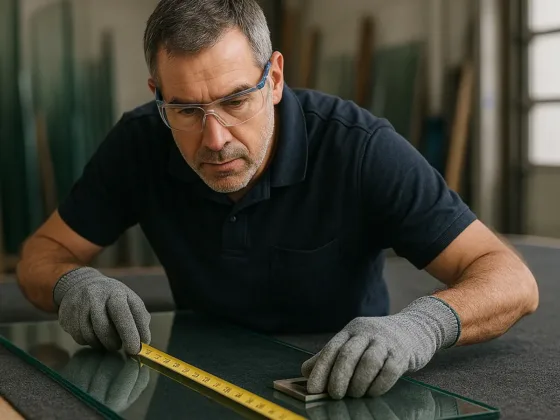Table of Contents Show
Quick answer: Hire a licensed, insured HVAC contractor that follows ACCA maintenance standards, explains pricing up front, and verifies performance (airflow, charge, safety). Replace/clean filters regularly (aim for MERV-13 where compatible) to cut AC energy use by ~5–15%, and plan seasonal tune-ups (spring for cooling, fall for heating). If your system is older or inefficient, check current SEER2 requirements and available rebates/tax credits before upgrading.
Key Takeaways
- Follow the ACCA-based checklist for spring/fall tune-ups.
- Use the highest MERV your system supports (often MERV-8 to MERV-13).
- Confirm airflow/static pressure before making IAQ upgrades.
- Check 2025 rebates/tax credits before replacing equipment.
Your HVAC system manages temperature, humidity, and indoor air quality. A simple maintenance plan prevents most breakdowns, lowers bills, and extends equipment life. Even a filter change can trim AC energy use and protect your coil from early failure.
When to call a pro fast: warm air, weak airflow, strange noises/smells, frequent short cycling, water around the air handler, a tripped breaker, or a yellow (not blue) gas flame.
Local help, fast: When you need same-day service or a second opinion, contact an HVAC Company Near Me.
Disclosure: Sponsored link to our trusted local partner.
Not in crisis? Great—prevent problems before they start. Below is a homeowner-friendly calendar you can keep by the thermostat. It turns “call a tech when it breaks” into a simple routine that protects comfort, safety, and efficiency.
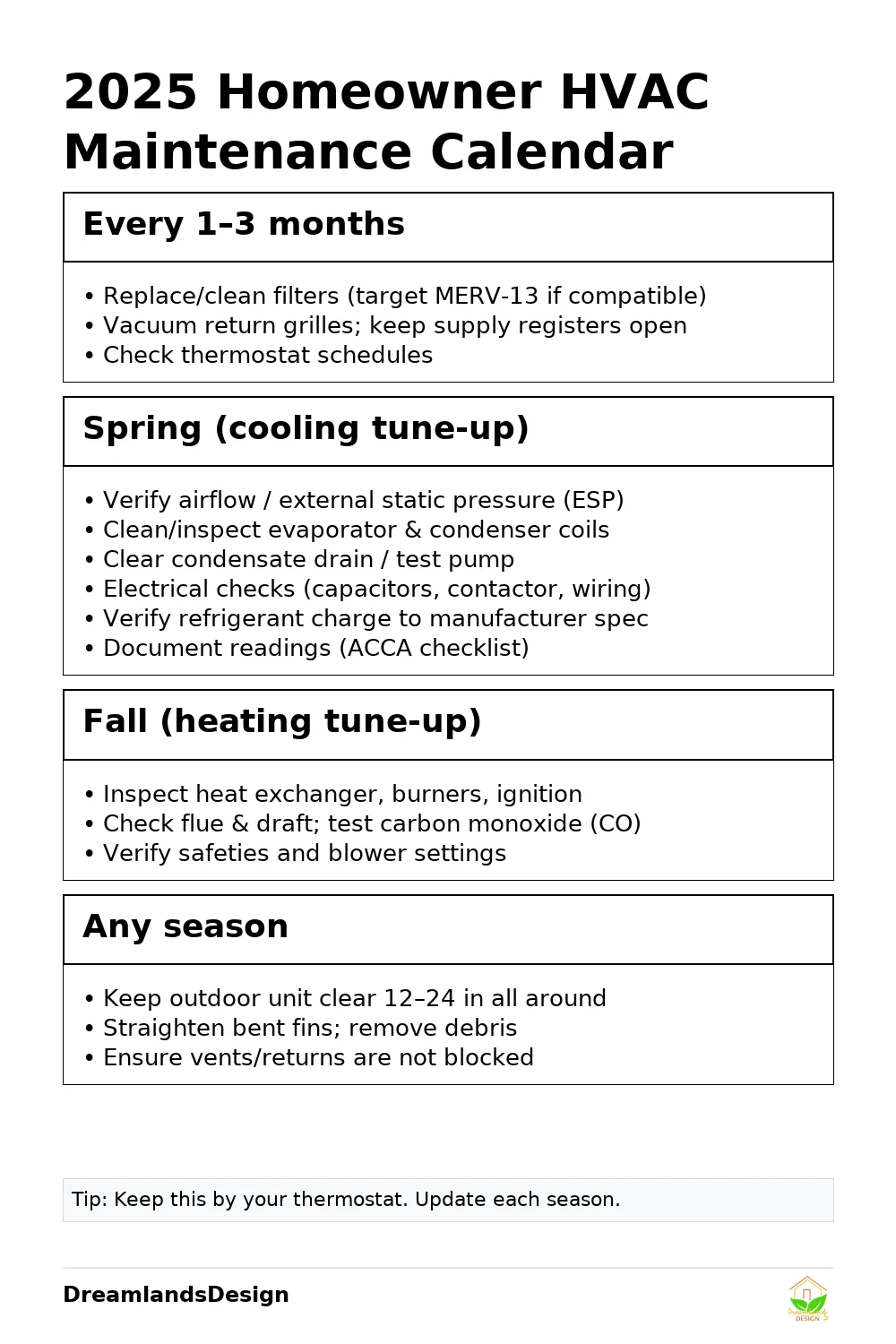
2025 Homeowner HVAC Maintenance Calendar
- Every 1–3 months — Check/replace filters (target MERV-13 if your blower & slot allow; otherwise the highest MERV your system supports).
- Spring (cooling tune-up) — Thermostat check; verify airflow/ESP; clean/inspect evaporator & condenser; clear condensate drain/pump; electrical checks (capacitors/contactors); verify refrigerant charge to manufacturer spec; document readings (ACCA Quality Maintenance).
- Fall (heating tune-up) — Inspect heat exchanger, burners/ignition, flue, combustion air; test CO & draft; verify safeties and blower settings (per ACCA QM tasks).
- Any season — Keep outdoor unit clear (12–24 in. around), straighten bent fins, remove debris; ensure supply/return vents aren’t blocked.
What a Proper Tune-Up Includes (Hold Pros Accountable)
- Airflow & static pressure measured and documented
- Refrigerant charge verified against manufacturer specs
- Electrical: amps, voltage drop, capacitors, contactors, wiring inspected
- Combustion/safety (furnaces): heat exchanger, burners, flame sensor, draft, CO test
- Coils & condensate: clean coils; clear drain & test pump
- Controls: thermostat calibration; staging/lockouts confirmed
- Report: readings left with you + recommended fixes prioritized by safety/efficiency
Filters & Indoor Air Quality (IAQ) in Plain English
MERV = capture rating. Higher = smaller particles captured. MERV-13 or higher can trap finer particles, but only if your fan and filter rack can handle the resistance. Ask your tech to confirm with static-pressure readings. For allergies/asthma, add room HEPA purifiers and source control (bath/kitchen exhaust) alongside the central filter.
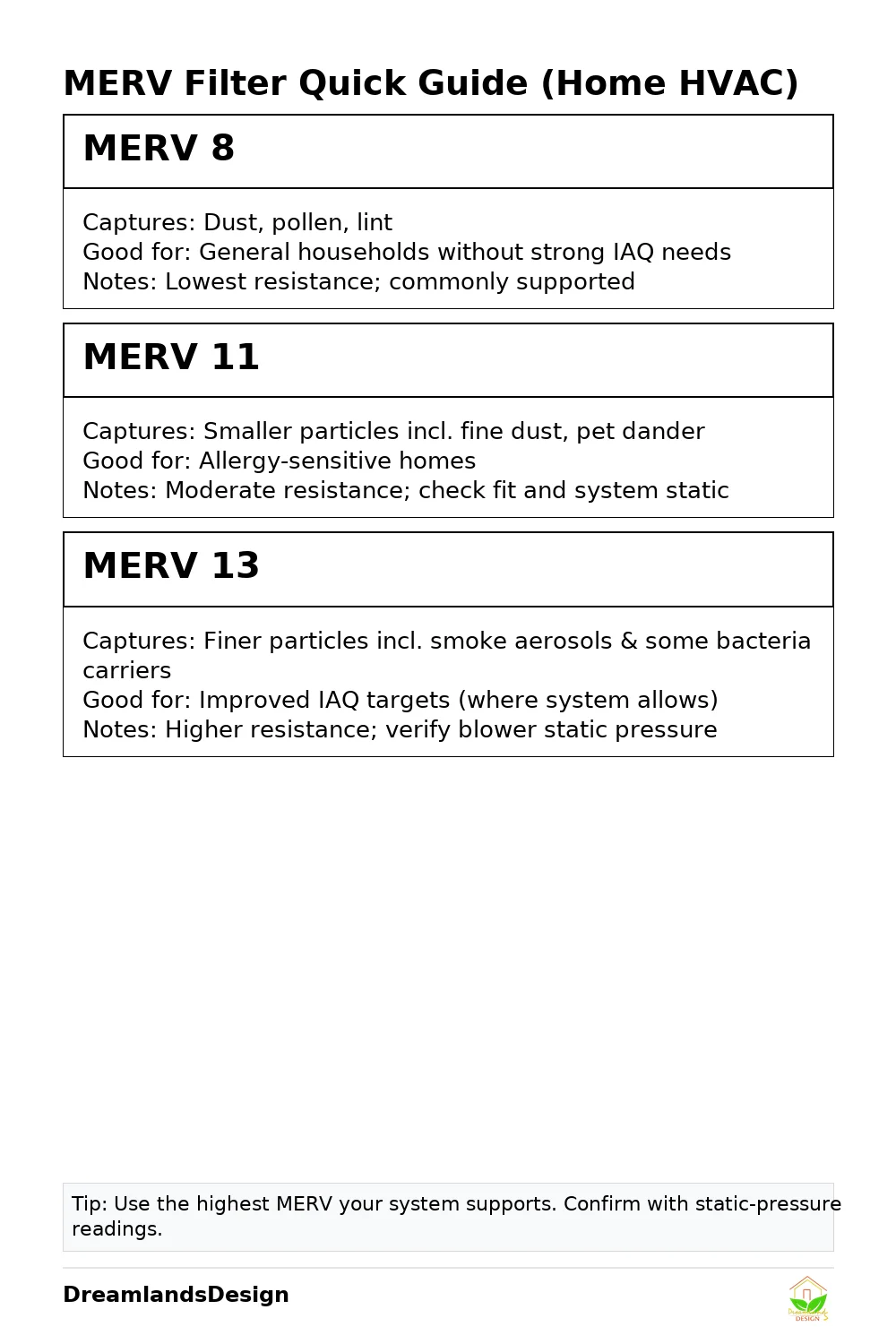
Repair, Maintain, or Replace?
- Age/efficiency: SEER2/HSPF2 minimums took effect in 2023. If your unit predates the change, upgrading (esp. to variable-speed) can cut energy and noise.
- Comfort & humidity: Short cycling, uneven rooms, or sticky summers often point to airflow/duct issues. Test, seal, and insulate ducts before replacing equipment.
- Costs: Expect ~$75–$200 per maintenance visit; annual plans typically land in the ~$125–$450 range (market/plan dependent). Emergency calls and parts are extra.
How to Choose the Right HVAC Company (and Avoid Upsells)
- Licensing & insurance — verify.
- Standards — ask if maintenance follows ACCA Quality Maintenance (request their checklist).
- Credentials — techs should have EPA 608 (required); NATE certification is a plus.
- In-home evaluation — they measure ducts/airflow, not just “size by square feet.”
- Transparent pricing — clear written estimates; explains good/better/best.
- References & offers — check rebates and product lists (ENERGY STAR); read recent reviews.
Disclosure: Sponsored link to our trusted local partner.
Rebates & 2025 Tax Credits (U.S.)
- ENERGY STAR Rebate Finder — local utility rebates for HVAC and efficient equipment.
- Energy Efficient Home Improvement Credit — typically 30% of eligible costs, up to $3,200/year (with a $2,000 cap for heat pumps).
- Considering a heat pump? See ENERGY STAR qualified products and credit guidance before buying.
What to Watch Next (2026+): Refrigerants & Rules
As the AIM Act phases down high-GWP refrigerants, most new central AC/heat pump systems will shift to A2L refrigerants (e.g., R-32, R-454B). Current EPA rules (with ongoing proposals) restrict installing new high-GWP systems after Jan 1, 2026, with limited carve-outs for pre-2025 manufactured stock. Always confirm with your contractor, since local codes and national guidance may evolve.
Helpful Reads
- 11 Things to Know About Your Home HVAC System
- 8 Reasons to Upgrade Your HVAC System
- Why Is My AC Blowing Hot Air?
- Top Warning Signs You May Need HVAC Repair
- How to Prepare Your AC for Spring & Summer
- Smart Home Gadgets (Smart Thermostats)
- Energy-Efficient Home Hacks
- Cleaning Air Filters: To Clean or Replace?
FAQs
How often should HVAC be serviced? #
At least once a year per system; many homes do spring (cooling) + fall (heating) tune-ups. Ask your contractor for an ACCA-style checklist.
What is SEER2? #
SEER2 is the 2023 efficiency metric that replaced SEER under DOE M1 testing. Minimums vary by region; heat pumps have a national minimum.
Which filter should I buy? #
Use the highest MERV your system supports (often MERV-8 to MERV-13). Confirm with static-pressure readings to protect airflow.
Is maintenance really worth it? #
Yes. Clean filters alone can cut AC energy use ~5–15% and protect coils; full tune-ups improve comfort, reliability, and safety.
How much does maintenance cost? #
Budget ~$75–$200 per visit; annual plans often run $125–$450 depending on market and scope.
Author — Perla Irish
Home improvement editor at DreamlandsDesign (indoor air quality & home systems). See author profile for bio and latest articles.
Reviewed by — Bryan Orr
Co-Owner, Kalos Services; Founder, HVAC School — LinkedIn. Reviewed Oct 25, 2025.
Disclosure: Sponsored link to our trusted local partner.
References
- ACCA — Quality Maintenance
- ENERGY STAR — Rebate Finder
- Energy.gov — Energy Saver
- EPA — Indoor Air Quality (IAQ)
- EPA — AIM Act: HFC Technology Transitions (Residential AC/HP)
- Federal Register — AIM Act HFC Phasedown: Reconsideration (Oct 3, 2025)
- ICC — A2L Refrigerants: Challenges & Opportunities
- IRS — Energy Efficient Home Improvement Credit
- HVAC School — Training & Guides
Updated Oct 25, 2025
